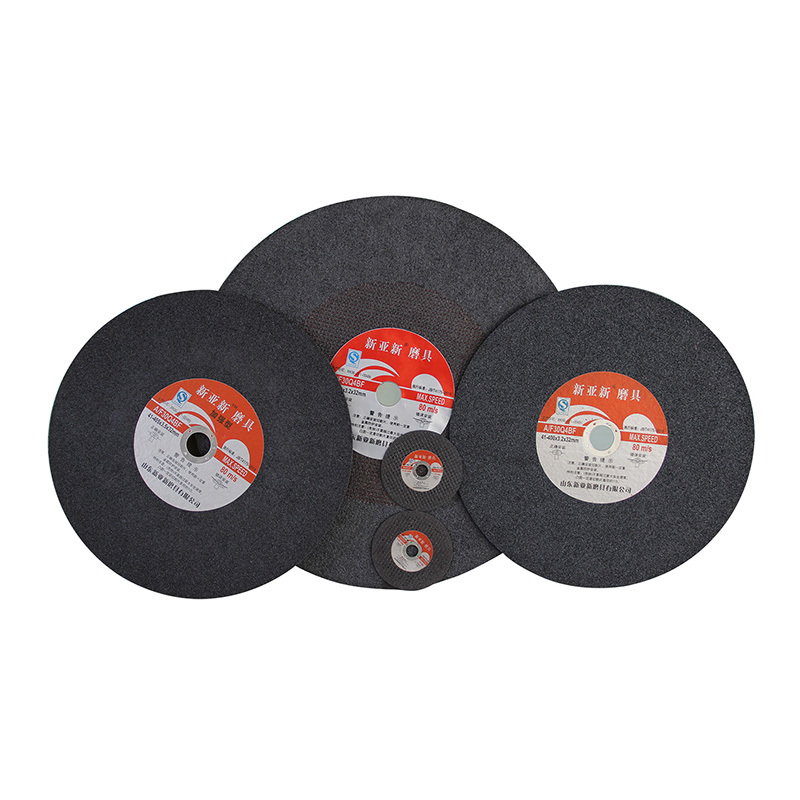Selection of Tool Grinding Wheels
Publication Time:
2020-10-27
The success of tool grinding wheels largely depends on the operator's experience. Operators must understand the characteristics of various types and shapes of grinding wheels and how they work under various conditions. The meaning of each letter and number in the marking table is shown in the table below. The basic elements of a grinding wheel are abrasive grain size, bond, grade, and structure.
The most common abrasives for tool grinding wheels are aluminum oxide and silicon carbide . Aluminum oxide is less crystalline silicon carbide hard, but less silicon carbide brittle. It is more suitable for grinding high tensile strength materials such as carbon steel and alloy steel, soft and hard, malleable cast iron and bronze. Some commercial names of aluminum oxide are alundum ( alundum borolon ).

silicon carbide crystals are extremely brittle, so this abrasive wheels made from this abrasive are suitable for grinding high-strength materials such as steel, cast iron, brass, bronze, aluminum and ordinary copper, as well as non-malleable materials such as rubber, celluloid, marble and glass. silicon carbide The general commercial names are silicon carbide crystolon, carborundum, crystolon, and electrolon. As shown below, there are aluminum oxide and silicon carbide two materials.
Tool grinding wheels are indicated by the abrasive number on the grinding wheel marking. The size of the sand is named according to the size of the sieve to be classified. For example, when a grain of sand can pass through a 24 mesh sieve at a time, it is called 24 grain of sand. The commonly used grain size for plane grinding is 48 to 80 . For rough grinding, when surface smoothness is not important, wheels with coarse grains can be used.
When the surface is smooth or the grinding surface is narrow, a wheel with a narrow cutting edge and fine grains is needed. The bond of grinding wheel The combination of grinding wheel bonds is to abrasive combine and support when the grinding wheel is fed. The term " soft and hard ” refers to the bonding strength. abrasive The higher the bonding rate, the thicker the bonding film around the abrasive grains, the stronger the bonding support, and the harder the grinding wheel.
There are generally five types of bonds used in tool grinding wheels: 75% Glass-bonded grinding wheels are made of glass bond, whose porosity and strength give it high cutting ability. This bond is not affected by water, acid, oil or normal temperature conditions, so it is frequently used in general production and toolroom grinding This type of grinding wheels. Silicate bonded grinding wheels release abrasive grains more easily than glass bonded grinding wheels and are generally used for grinding tool edges, but only when heat generation is kept to a minimum.
Vermiculite bond This bond produces a high gloss, deep cut edge. Resin bond This is a synthetic organic compound. This The grinding wheel can be used for cooling, fast cutting and high-speed cutting.
Previous Page
More News
Share to

